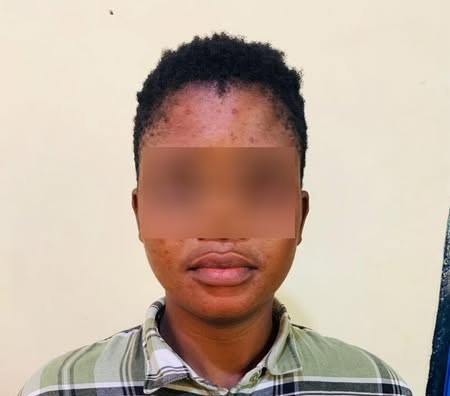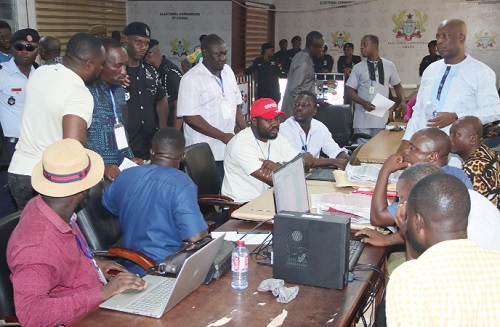Wa, Oct. 23, GNA – The Savanna Agricultural Research Institute (SARI) in collaboration with International Crops Research Institute for Semi-Arid Tropics (ICRISAT), is testing millet genotypes in the Upper West Region. Eighteen millet genotypes obtained from the ICRISAT had been supplied to the farmers to evaluate their maturity period, yield, tolerance to pest and diseases and other characteristics as compare with two common cultivated local millet varieties.
About 60 farmers comprising women and men from Jonga, Diodi and Piisi in the Wa Municipality on Friday, evaluated the varieties according to their preferred characteristics to select the best five varieties using coloured cards. The best five varieties would be evaluated next season and eventually select three for multiplication and distribution to farmers in the region for cultivation.
Dr. Jesse B. Naab, Head of Wa Station of SARI, who conducted the farmers round a demonstration farm, said after harvesting, samples of the best five varieties would be assessed by the farmers in terms of their suitability for local dishes. He said preliminary observations showed that one of the new varieties introduced flowered in 30 days, while 10 of the varieties also flowered in 60-65 days and seven varieties flowered in 65-77 days. The local early variety (Cherebille) flowered in 65 days while the late local variety (Cherikpong) was now flowering, and it would flower in approximately 90 days.
Dr. Naab said the new varieties were sown on July 17 and July 24 this year and most of them have matured. He said there was the need to provide farmers with the improved varieties since there was demand for them. Dr. Naab said the use of participatory varietals selection approaches could ensure that improved varieties reached farmers within two seasons and explained that the first two seasons would be used for observation and selection of desirable genotypes.
He gave the assurance that the new varieties selected by farmers would be multiplied during off season farming using irrigation and made available to farmers for planting during the third season. “Whatever complementary characteristics that would be found in a particular variety, high potential yielding cannot be sacrificed”, Dr Naab said.
Dr. Naab said that if constraints being faced by millet farmers were addressed, the production of the crop would increase. Pearl millet is an important food crop in the Northern part of Ghana and Northern, Upper West and Upper East Regions produce 90 per cent Ghana’s millet. 23 Oct. 09
Source: GhanaWeb










